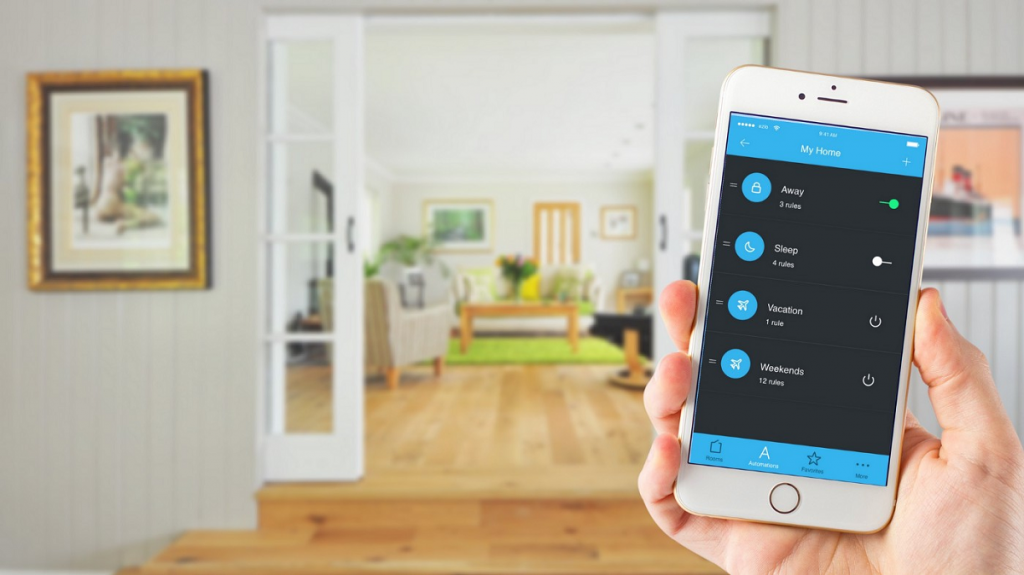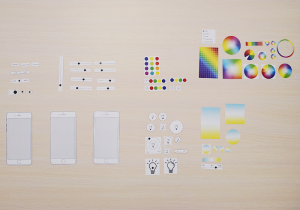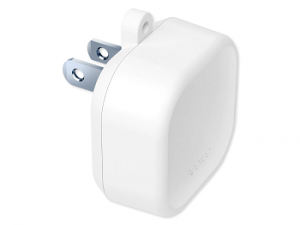Home Automation Market Trends of the Future
- March 31, 2022
- by Ezlo Admin
How You Can Design your Home Automation with Ezlo Smart Home?

The global home automation market is expected to grow by 14.5% annually up to 2022, when it will reach the size of $53.45 billion (Zion Market Research). That’s a very positive forecast, but what can you take from it?
If you’re thinking about entering this market or expanding your reach for higher profitability, now is the perfect time. Statista.com reports market revenue for the home automation industry, which was $9.7 billion in 2016, will double to $20.9 billion by 2020.
Help People Save Money
While the biggest interest for digital gadgets comes from geeks and early adopters, the most appealing advantage of smart home technologies is the ability to live better and save money. No surprise then that the most popular smart device consumers are considering to purchase are smart thermostats, according to the survey by 451 Research Group.
Consider then, how for the majority of the mass market consumers, cost, economy, and standard of living is on top of their list when checking out smart home innovations, not only do you need to make your device handy and well-designed, but also efficient in terms of saving energy and money.
Create Multi-Purpose Solutions
Today, many devices related to smart home technologies collect, monitor and control specific data. The problem is they are often focused on a single purpose or home feature. Thus, a user needs a separate app or interface for each device they employ around their home.
In the future, this clunky and cluttered hodge podge system of home devices will lead customers to want to:
1) unite them into a single network
2) see if they can use and manage less devices for the same purpose
3) allow all their devices interact with each other (the interoperability issue)
If you want to make your device future-proof, think about these customer concerns when designing your next product.
Enable Smart Diagnostics
Business Insider expects 24 billion IoT devices will be used in the world in total by 2020. The more devices there are, inevitably the more of them get broken. With the cost of $10–100 for most smart home solutions, chances are users will prefer to replace them with newer ones from other manufacturers.
To prolong the life of your devices, think about simplifying the ways they can be repaired. Designing with an emphasis on self-diagnostics tools, remote maintenance techniques and other approaches could mean the difference in losing a customer to a different brand, or a loyal customer looking to prolong the lifespan of your product..
Show it off Offline
A few weeks ago Best Buy announced they would expand their showroom space in 700 stores to showcase smart home technologies.
That’s because home owners want to see how the products work before they actually choose to buy it.
Though Best buy understands it competes with bigger omni-channel and e-commerce players like Amazon, you can still consider how you can market your solution offline by showing off its functionality and capabilities in the most striking way when the customer is there interacting with your product. Plan your marketing initiatives accordingly, knowing that customers still want to see, feel, and interact with home automation products before making their purchase decision.
Analyzing the Smart Homeowner
According to the Future of Everything journal, many founders and owners of smart home businesses expect home automation technologies to impact the way home owners make decisions and proactively enhance their lifestyles.
The industry not only promotes automating home usage patterns, but also encourages their owner to make better decisions. Such an approach may involve machine learning, predictability techniques and pattern algorithms that can learn how homeowners use and interact with their devices. While most devices aren’t capable of this yet, it may prove useful to adapt these into design choices to anticipate future device category needs of customers.
Drive the Future with Ezlo Smart Home
The Deloitte’s research on the state of IoT clearly states: the market is currently «in its infancy». There’s still a lot of work to do and a lot of challenges to address. But this also means there is room for ambitious players who are ready to be flexible, listen to customers and adapt to the market with products that can change customers day-to-day quality of life for the better.




